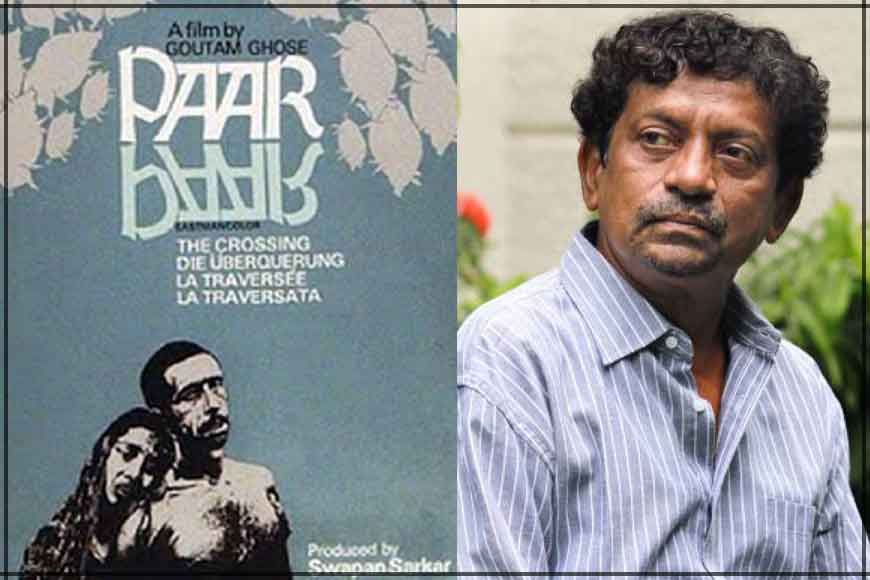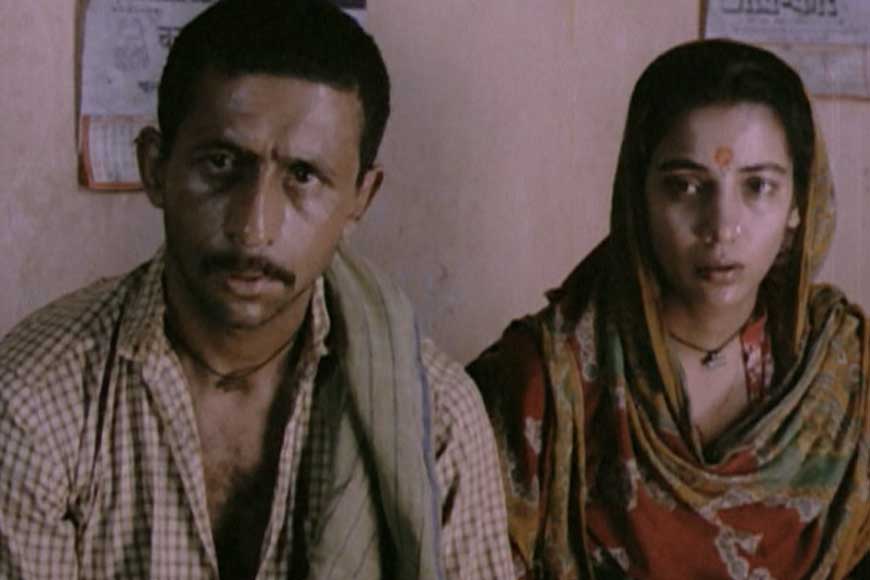Looking back at Goutam Ghose's iconic movie 'Paar'

The helpless humiliation of lower castes in the ecosystem of a derogatory caste system in India, had been aptly captured in one movie that will be remembered forever --- Goutam Ghose’s Paar. Only a director like Ghose could do justice to a subject matter which even today rocks Indian society. The helplessness and humiliation of the lower castes portrayed on the faces of Naseeruddin Shah and Shabana Azmi and their constant struggle made Paar an iconic movie. Adapted from author Samaresh Basu’s story Paari, Paar was made in 1984 and explored feudalism and rural exploitation of the untouchables in Bihar.

Naurangia played by Shah is seen retaliating against the oppressive system by avenging the murder of the sagacious schoolmaster (Anil Chatterjee) who help the workers to stand up against the injustices of the landlord, Utpal Dutt. Circumstances compel Naurangia and his pregnant wife Rama to flee as the zamindar’s men set the village ablaze and end up in the footpaths of Kolkata. The film becomes darker as the destitute couple reach the Mahanagar. The impoverished couple strives to fight against the odds but penury, despair, hunger, fatigue pave their cumbersome journey as there are no jobs in Kolkata even for even literates.
The helplessness and despair has been subtly and heartbreakingly enacted by Azmi and Shah. Surprisingly, though adapted from Basu’s story, Gautam Ghose created a unique narrative by adding histrionics and with the portrayal of the couple being marooned. The frantic performance and impactful cinematography capture the exhaustion of the couple who do not have money to go back to their village. The film truly becomes an odyssey of agony and determination as the starving couple get an absurd opportunity of making money by taking a herd of pigs across a river crossing. The desperate image of the couple trying to perform the herculean task amidst the turbid waters is a symbol of human struggle. The land slips away beneath their feet, yellow clay gushes into their mouths. A pregnant woman feeling what a pregnant animal feels while carrying a life inside her womb, is an unforgettable scene.
The way Ghose captures the floundering of the couple in the waves reflect the sign of a master filmmaker. Azmi is almost convinced that she has lost her baby amidst the turbulence. They almost drown amidst the whirlpool of water, wind and rain. Eventually, the hapless couple and every single pig can cross the river. At the end of the film, Naurangia is seen putting his ears to the belly of Rama to hear the heartbeats of the unborn baby. Ghose’s unadulterated representation of Basu’s story truly touches the hearts of the audience and is still relevant in the present eco-system of the country.











